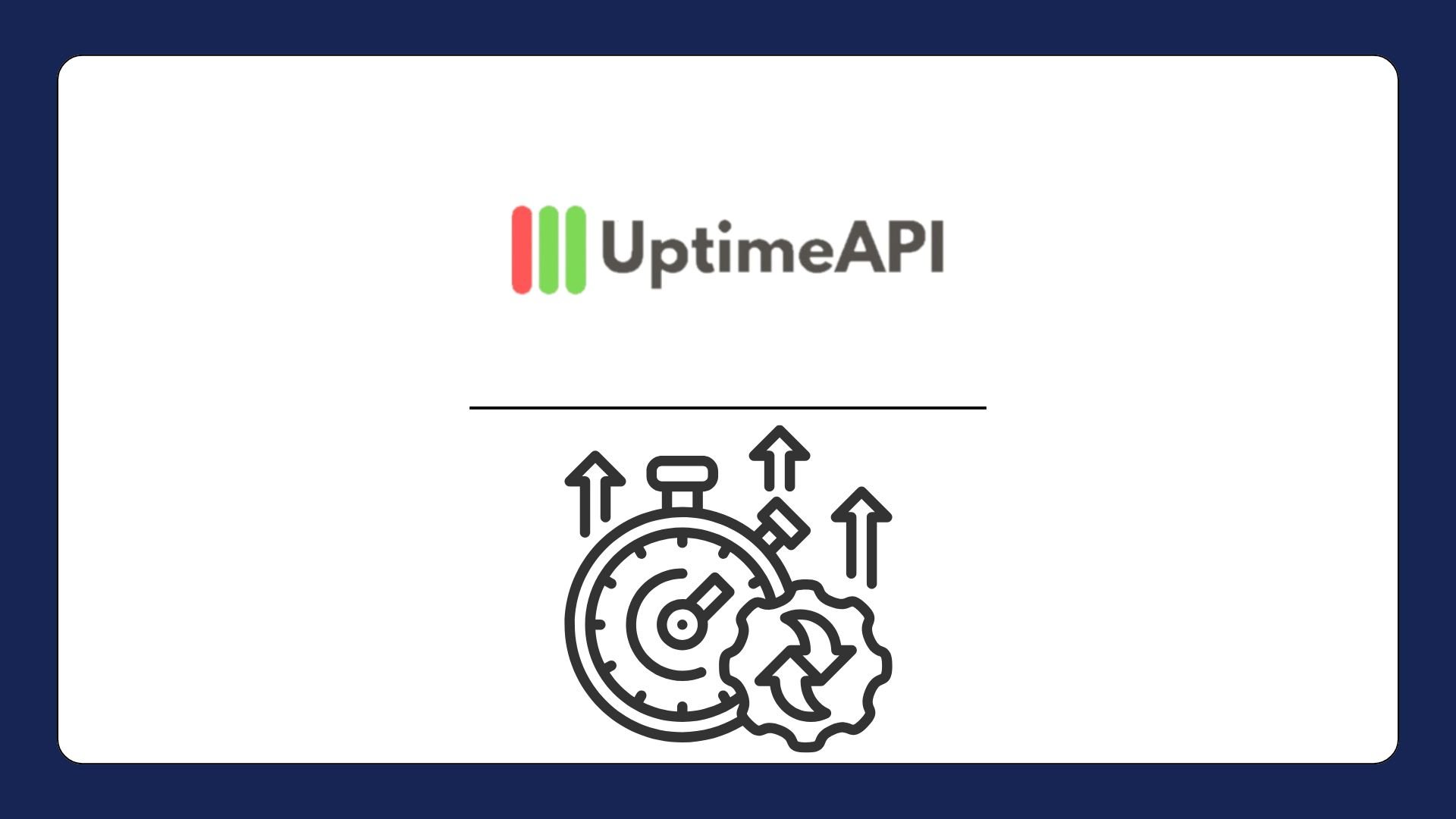Monitor APIs For Performance, Availability, And Security

Monitor API tools—like Uptime API—are crucial.
Best Practices for API Monitoring with Uptime API
Uptime API. The allowable bounds for performance measures like response time and uptime vary depending on the API. Businesses can provide their own acceptable benchmarks for these KPIs using the API, guaranteeing that the monitoring system satisfies the particular needs of their application.
Uptime API allows for this level of customization, meaning businesses can avoid alert fatigue by receiving only the most relevant notifications. By taking the time to set accurate thresholds and alerts, businesses can focus their resources on responding to the most important performance issues, ensuring that their teams remain efficient and productive.
Case Studies and Use Cases
Uptime API offers a way to maintain high performance across multiple APIs, from payment gateways to product listings. By monitoring response times and uptime, e-commerce businesses can ensure that their APIs are running optimally, even during peak traffic periods. Uptime API’s real-time alerts help businesses address potential bottlenecks before they become serious issues, ensuring smooth customer experiences.
Uptime API helps financial institutions monitor their APIs to ensure they meet stringent performance and uptime requirements.
Conclusion
Uptime API provides the tools necessary to track key performance metrics, detect issues proactively, and scale monitoring efforts as needed. By leveraging the API’s detailed analytics, real-time alerts, and automated monitoring, businesses can optimize their APIs for reliability and performance.

